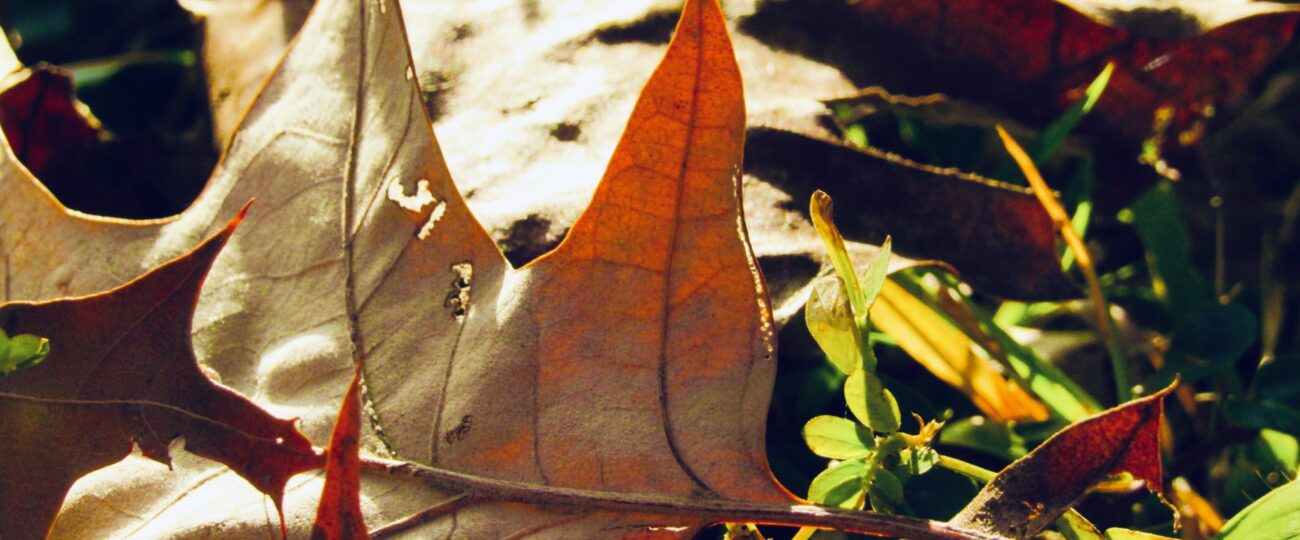The leaves have begun to turn, and the air has started to crisp; sure signs that fall is on the way. In fact, Sept. 22 is the autumnal equinox, the official start of autumn. The autumnal equinox has been an important date in many ancient cultures and even some modern ones. After all, it’s not every day that the day and the night are the same length.
In Greek mythology, for instance, this would be the day that Persephone returns to her husband, Hades.
According to legend, the goddess of spring was kidnapped by the ruler of the Underworld to be his bride. At some point, Persephone ate pomegranate seeds, though the ancient writers differed on whether she ate them of her own free will or if she was tricked.
By eating the seeds, she sealed her fate as Queen of the Underworld and agreed to spend a third of the year with Hades. Persephone’s mother, Demeter, so mourns the loss of her daughter every year that she forbids anything to grow.
In ancient Chinese culture, according to the History channel, the “full moon that falls closest to the autumnal equinox is sometimes called the Harvest Moon.” This tradition originated in the Shang dynasty and involved offerings made to the moon.
According to the History channel, many Chinese and Vietnamese still celebrate this holiday. It is also known as the Mid-Autumn Festival, during which “lanterns adorn streets, and family and friends gather to give thanks, share food and watch the moon.” One of the most popular delicacies served is the mooncake.
The celebration comes from the Chinese legend of the moon goddess Chang’e. The myth has many different interpretations, including one, according to Encyclopedia Britannica, that “[Chang’e] sought refuge in the moon when her consort, Hou Yi (the Lord Archer), discovered she had stolen the drug of immortality given to him by the gods.”
The Egyptians must have held the autumnal equinox in high regard as, according to the Smithsonian, the day played a large part in the construction of the pyramids. An archaeologist recently made the claim that the pyramids’ positioning is based on the sun’s movements on the autumnal equinox.
The same goes for one of the great structures of the Mayans, the El Castillo step pyramid. According to National Geographic, on the autumnal equinox, “a snake made of light would appear to slither down the pyramid’s steps.”
“There’s a legend that the ancient feathered serpent god descended from the sky.” This deity, according to Mythopedia, was popular across Mesoamerican mythologies. One incarnation is called Quetzalcoatl, god of wind and inventor of calendars.
His specific connection to the autumnal equinox is unclear, but according to myth, “he was responsible for creating humanity and providing them with their staple crops.” Perhaps he uses the autumnal equinox as an annual occasion to check up on his creation.
These are just a few of the stories that surround the autumnal equinox. While, starting this day, the nights will be longer and the weather will grow colder, the beginning of autumn is all part of the natural circle of seasons that will one day bring spring back to us.




